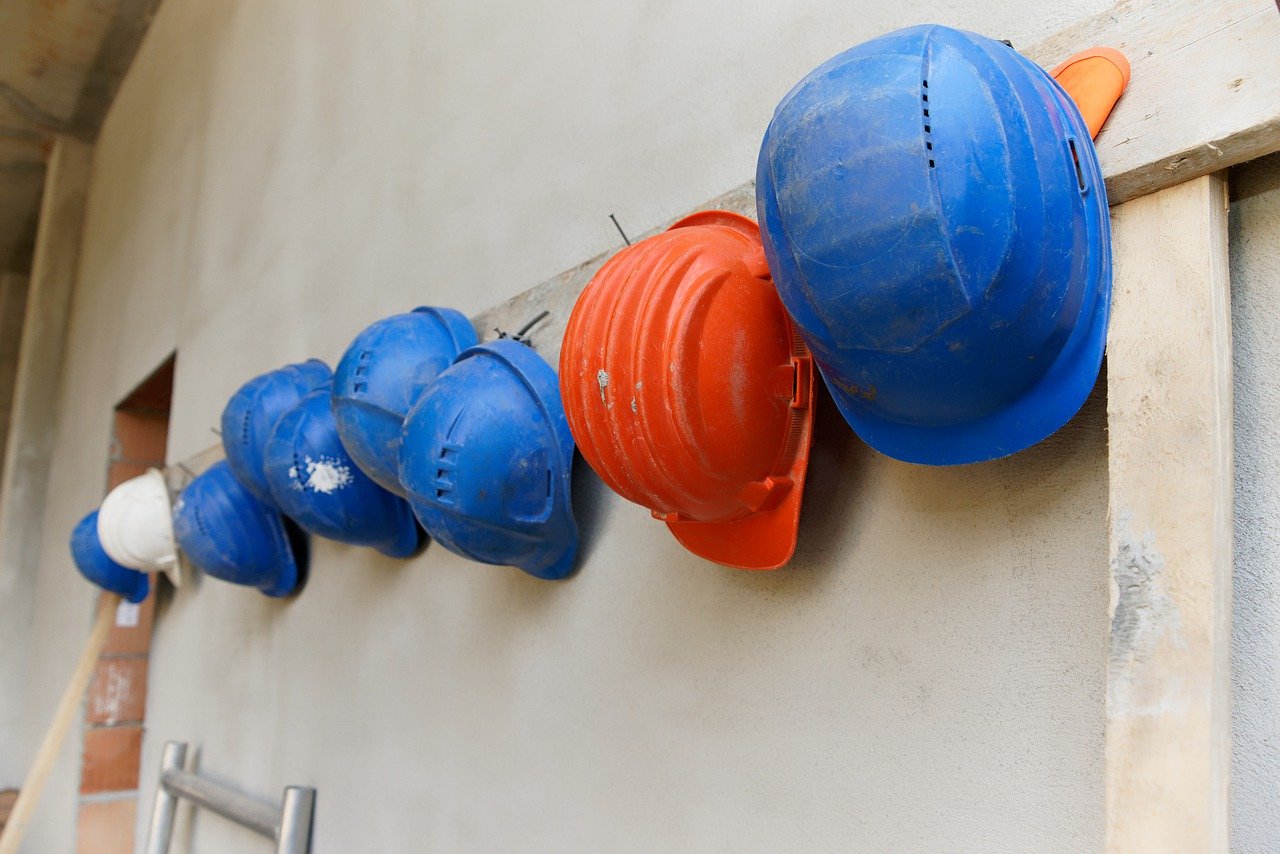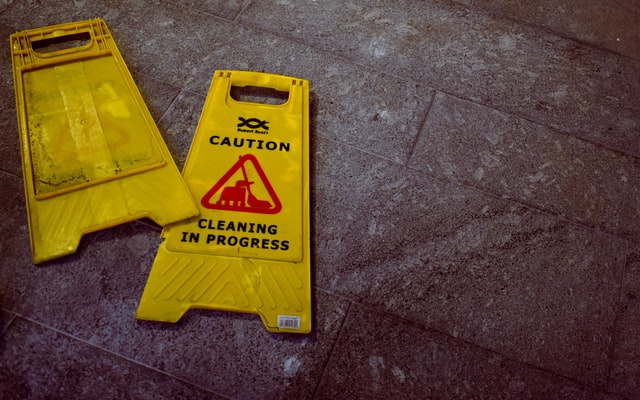How To Create a Safe Working Environment

Workplace safety should never be taken lightly with any business. Doesn’t matter if you’re 1,000 employees strong or 10. Any businesses, regardless of size, must account for safety regulations, steps, and more detailed options for their staff from the get-go. Preventative measures against accidents and/or workplace-related deaths are key for fostering a healthy, safe work environment.
There are some companies out there who may not be fully versed in workplace safety regulations or might not be equipped in every area of the office to handle any unforeseen circumstances.
For instance, let’s say you’re a towing and shipping company and most of your workforce is tied up in manual labor sectors where lifting, packing and stacking heavy shipments will occur more frequently. Or, on the opposite end of the spectrum, you’re an accounting firm where there’s hardly any lifting or physically demanding labor going on.
Both examples still must heed similar safety rules, have a system in place to readily inform each and every employee on preventative tips and regulations, and strive to accomplish what your business wants most: everyday safety. From OSHA compliance to inspections, there’s a whole laundry list of tips on workplace safety that businesses can take with them. Some are simple, while others are a bit more complex in nature, but at the end of the day, they all can contribute to a safer haven for your staff.
1. Proper Uniforms
This is a critical base for businesses such as construction, home improvement, the aforementioned packing and shipping corporations on down to firefighters and other areas that require overly-protective headgear and uniforms. Construction workers must be wearing hard hats at all times in specified zones of the job site. Firefighters must have the latest fire-retardant outfits to go along with sturdy helmets. Chemists must wear safety goggles while they are inside a laboratory.
Putting up signs to reinforce the matter and educating the supervisors to stay on top of uniform regulations should be active from the moment the first employee clocks in to the last.
2. Designate Proper Emergency Exits
 There’s a reason we did three or four fire drill exercises as a kid each year in school. As annoying and (forgive the pun) alarming as they could be, it helped everyone in the building familiarize themselves with the exits. This same exercise should apply for every business. Not that every employee go in a single-file order and move at the sound of an alarm, just that they are aware and have some document that outlines emergency procedures.
There’s a reason we did three or four fire drill exercises as a kid each year in school. As annoying and (forgive the pun) alarming as they could be, it helped everyone in the building familiarize themselves with the exits. This same exercise should apply for every business. Not that every employee go in a single-file order and move at the sound of an alarm, just that they are aware and have some document that outlines emergency procedures.
This document should map out every exit doorway, ensure you have emergency exit signs posted in their assigned posts, detail up-to-date smoke detectors, signify water spouts to quench possible fires and assure you and your staff that each building code is covered front-to-back.
3. Open Discussions
Setting aside time at the end of the day once a month to discuss safety rules and general working environment is a great way for managers and supervisors to assess the overall quality of current measures taken. Getting feedback from employees is helpful because it opens the manager’s eyes to potential hazards that went unnoticed, how well certain areas are doing and little touch-ups here and there that go a long way towards keeping employees safe and happy in the office.
While this may not be a safety regulation, per say, it’s an outside factor that many businesses would do well to follow.
4. Promote Health Codes
You know those signs you see when entering a restaurant bathroom next to the sink that inform you that all employees must wash their hands before exiting? Having little indicators like those in the wash room, in the kitchen and general areas of heavy foot traffic is important on many fronts. The most important being health code standards, educating cleanliness, and encouraging employees to take every step necessary to make the room healthy for the next individual.
5. Proofing The Building
 This falls in the category of getting the building inspected from time to time on down to subtle improvements around the building, stairways and exterior pathways. Little safety measures like adding ribbed, rubber padding along the ends of stairway steps, de-icing the walkways leading up to the office, mats to stamp out slippery footing and other helpful precautions can give your employees as much peace of mind to know their well-being is being accounted for as much as possible.
This falls in the category of getting the building inspected from time to time on down to subtle improvements around the building, stairways and exterior pathways. Little safety measures like adding ribbed, rubber padding along the ends of stairway steps, de-icing the walkways leading up to the office, mats to stamp out slippery footing and other helpful precautions can give your employees as much peace of mind to know their well-being is being accounted for as much as possible.
In summary, here's how you can create a safe working environment in 5 steps:
- Ensure that you are dressed appropriately for your working conditions and that all safety equipment is up to date.
- Communicate the emergency plan and make sure exits routes are properly designated.
- Discuss safety rules and general working practices. Getting regular feedback will ensure a safe and healthy work environment.
- Promote health codes and standards by educating your employees on the importance of health safety and cleanliness.
- Inspect your working area and building. Ensure that walking paths are clear, stairs, and railing are secure and slip-proof.
These tips can help businesses from all over achieve a healthy balance between workplace security and overall productivity.
Need Help?

Our team is ready to help you create a safe work environment.


